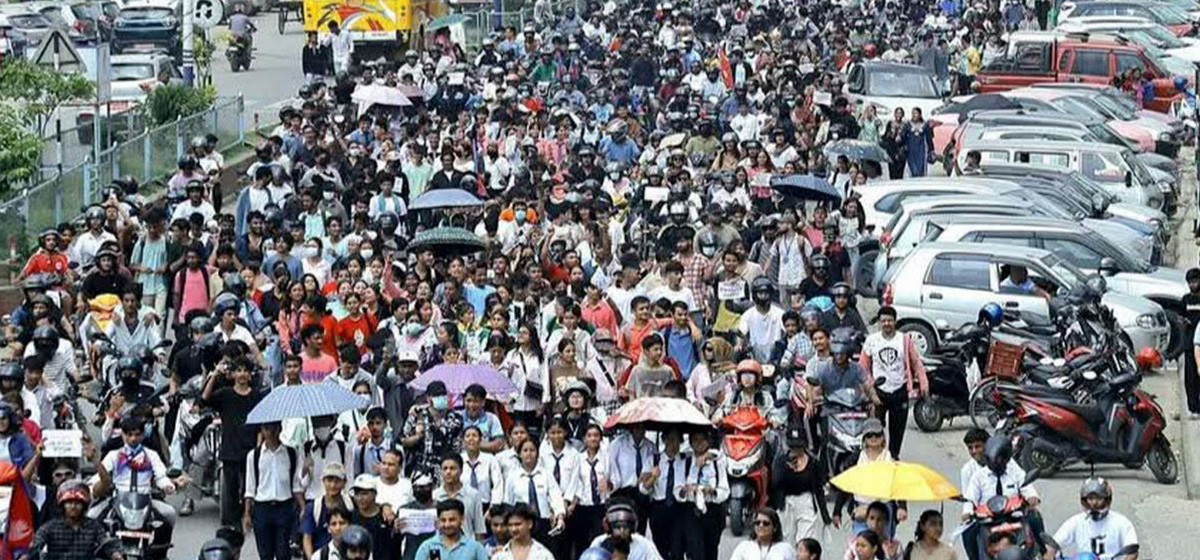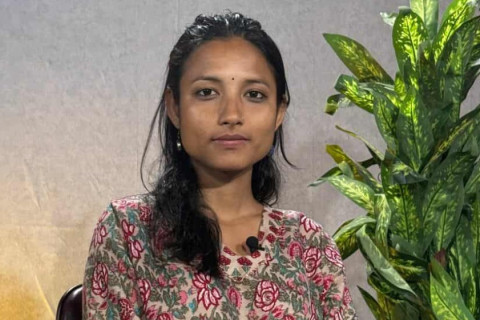The resounding success of the Gen Z protests in forcing Prime Minister KP Sharma Oli to resign has opened a new chapter in Nepal’s political history. Yet, what followed has been far less straightforward. Within just three days of their victory, the movement has found itself entangled in confusion and competing interests—raising concerns that the energy that toppled a government may dissipate before it can translate into meaningful change. The immediate challenge has been disagreement among youth demonstrators over who should head the next government. Their preferred choice, former Chief Justice Sushila Karki, has been floated as a potential prime minister. But the process is fraught with constitutional complexities. Influential voices—including constitutional experts, political leaders, and civil society activists—have cautioned that leadership must be determined strictly within the framework of the Constitution, a document drafted after nearly a decade of debate in the Constituent Assembly. In their view, any departure risks a dangerous constitutional vacuum, undermining both legitimacy and stability.
Alert, more alert

The situation has been further complicated by outsiders trying to insert themselves into the process. Businessman Durga Prasai and the Rastriya Swatantra Party (RSP) were quick to position themselves as stakeholders in the youth-led movement. Their involvement, however, has been met with skepticism by Gen Z protesters, who fear it dilutes the legitimacy of what began as a spontaneous, non-ideological uprising. The walkout of some youth representatives, after the army reportedly advised them to include Prasai and the RSP in negotiations, only deepened this mistrust. Equally troubling has been the Nepali Army’s slow response in protecting key state institutions such as Singha Durbar, the Supreme Court, and the President’s Office. For many, the perception that the army is influencing the composition of a civilian government undermines the constitutional spirit—especially at a moment when democracy feels fragile.
President Ramchandra Paudel, for his part, has repeatedly assured the public that he seeks an exit only within constitutional boundaries. His calls for patience and dialogue may sound cautious, but they reflect the precarious tightrope Nepal is now walking. If the Gen Z movement is to become more than a symbolic victory, it must resist both foreign interference and internal factionalism. The young generation proved capable of toppling an entrenched political order in days. But building something sustainable will demand patience, compromise, and above all, respect for the constitutional process. Otherwise, the same vacuum that fueled their success could be exploited by opportunists eager to claim the victory as their own.





































